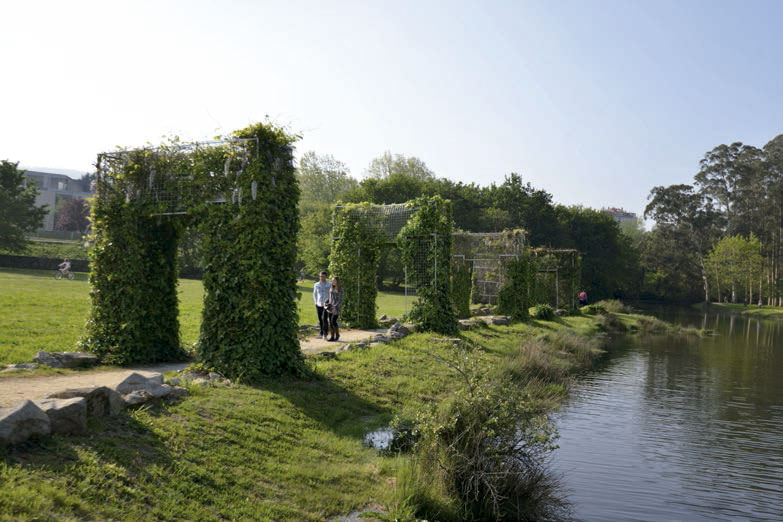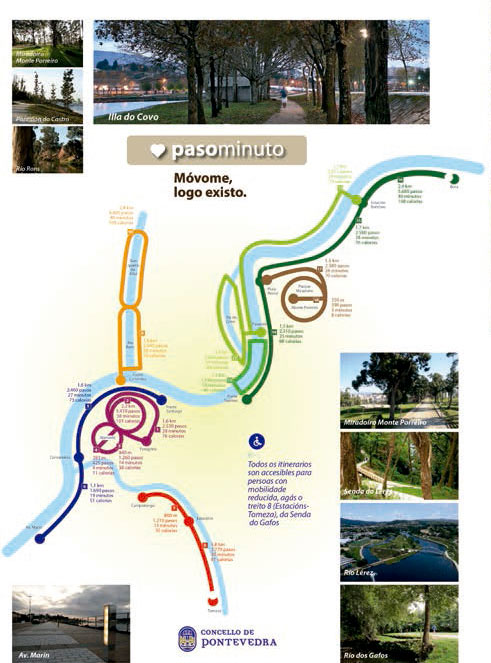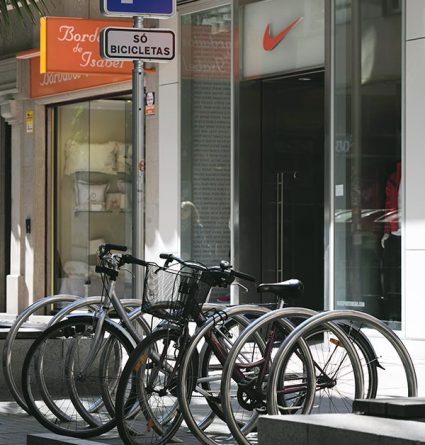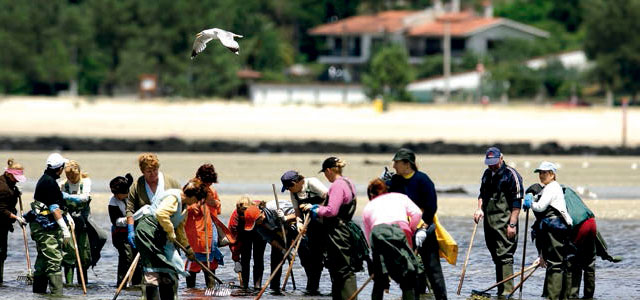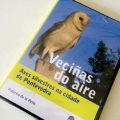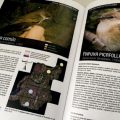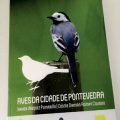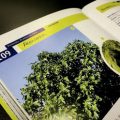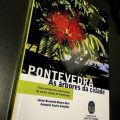Health and the city
Cities and towns today are the most common ecological spaces for humans to dwell, therefore strict measures to ensure environmental preservation are required to keep natural resource degradation at bay. Low density traffic districts and pedestrianized areas lead to remarkable reductions in noise pollution and particulate matter. City streets and squares serve the purpose of lively forums that people need to express their ideas and strengthen their social ties.
Footpaths
The transformative city model could not be complete without the extensive network of tracks and footpaths that surround the city. Residents and visitors alike may enjoy the forest and river ecosystems only a stone throw away from the hustle and bustle. Three of the itineraries depart from the city center, alongside rivers Lérez, Gafos and Rons, but there are many others to choose from, such as Pontillón do Castro, Almofrei, Pontesampaio, A Fracha or Salcedo.
Pasominuto
This route map, provides useful information about the times, distances, number of steps and calories burnt while moving around the city. In addition, it includes insightful advice from the World Health Organization intended for children, parents and grandparents.
Noise
The predominant sounds in Pontevedra and its surroundings are the chirrups of birds and the voices of children playing. It may seem idyllic, bucolic, strange or even unrealistic, but the truth is that such an oversimplification has a lot to do with everyday life in a city built for the people. What surprises most visitors, particularly those used to the din of the metropolis, is the enjoyable ambient noise anywhere they go.
Biodiversity
Local authorities have endeavored to halt the trend towards eucalyptus monoculture in wooded areas by reaching joint agreements with estate owners and promoting the plantation of species native to the Atlantic forest. A recent study has catalogued more than 223 different species of trees in the city of Pontevedra alone.
The spread of environmental values through informative booklets, which deal with subjects as varied as the natural heritage, local parklands, bird watching opportunities or the natural treasures found in parishes is a continuing need in environmental management, especially in the case of an integrative city model aimed at increasing knowledge and self-esteem.


